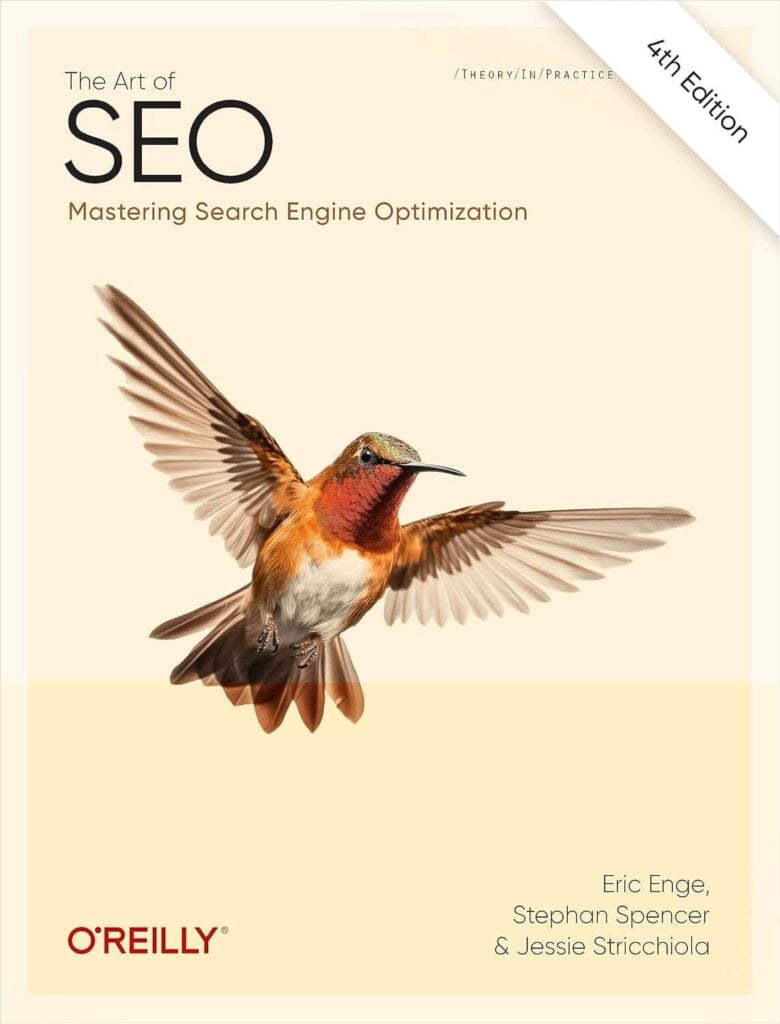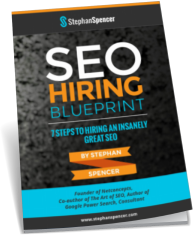This article was originally published on Search Engine Land.
Recently, I was talking to a client about a new project when he raised an interesting question. He was curious to know how I measured E-A-T, or “expertise, authoritativeness and trustworthiness,” in relation to SEO.
If you’re unfamiliar with E-A-T, it’s a term taken from Google’s Quality Rater Guidelines, a set of instructions that Google’s army of many thousands of human reviewers (known internally as “raters” or “Search Quality Evaluators”) use to assess the quality of web content manually.
Although it is sometimes difficult to understand Google’s internal processes, from what I’ve heard from reliable sources at Google, E-A-T is applied specifically to YMYL (Your Money or Your Life) websites, that is, to sites that offer medical or financial advice.
As you might expect, Google would rather not serve up misleading or unreliable advice that could affect your financial or physical well-being, so paying particular attention to the information touted on these types of websites is very important.
Now, my client’s website was not in a financial or medical niche, so technically these guidelines do not affect him directly. After all, Google – so they say – are not applying E-A-T across the board. But I didn’t tell the client not to worry about E-A-T.
Far from it.
In my opinion, expertise, authoritativeness, and trustworthiness are things that every business should be looking to build both online and offline. What business wouldn’t want to be recognized and trusted within (and beyond) their industry?
I asked my co-author on The Art of SEO, Eric Enge, to weigh in on this issue of E-A-T and whether it’s applied to YMYL only or more globally across the Web. He responded “Google is very technical and precise in how they use various terms. Within Google, as I understand it, E-A-T refers to something that they apply specifically to YMYL sites. But that doesn’t mean that the general ideas that we all associate with E-A-T aren’t likewise applied to other sites.”
In this excellent article, Chris Silver Smith argues that Google partly uses a numerical score to calculate E-A-T. When I emailed him, he replied that “If Quality (the combined E-A-T) is partly a numerical score as I’ve long theorized, then that factor is weighted much heavier for YMYL pages/sites than for things like entertainment pages, or articles about non-YMYL topics, etc. But, E-A-T still applies to things like e-commerce pages, even when those are not as high-priority as YMYL.”
So, if you believe me and these two highly regarded SEO practitioners, following E-A-T guidelines is good for SEO no matter your niche. In my view, even if E-A-T only applied to certain industries, the techniques used to build authority should be a part of every SEO strategy.
The problem is, E-A-T is notoriously difficult to measure.
How does Google measure authority?
If you talk to different people in the SEO industry, they will have different theories about the signals that Google uses to assess the authority of your site and assign rankings. We know that backlinks from authoritative sites are one way. CTR (Click Through Rate) is theorized as another, although Gary Illyes of Google contradicted that recently in his Reddit AMA. We also know that content quality is important. Online reviews may also have some impact.
Exactly how Google uses all these factors to make a decision is somewhat of a mystery, even to Google engineers. That’s because machine learning algorithms are opaque as to which signals they use. No one can see inside the black box – even the programmers who originally coded the AI.
In the aforementioned article, Chris Silver Smith argues that, rather than weighing one particular signal above all others, Google’s approach to assessing authority is more “holistic.” Google’s algorithms almost certainly use a wide range of signals and metrics to evaluate where a page might rank, meaning simply focusing on one signal while ignoring others is not a shortcut to results. Backlinks are crucial; but acquiring high-quality links to a site with shoddy coding, poor online reviews and spammy content won’t work.
Instead of looking for a “silver bullet” to achieve rankings and traffic, it’s important to pay careful attention to how you present your brand online. Overall, from the way your site is coded right up to your branding and PR strategies.

Holistic SEO
I’ll admit, saying that Google’s approach to rankings is “holistic” may sound a little vague and unsatisfying. It begs the question: what do you focus on if you want to optimize your site?
Thankfully, it’s not that difficult.
For the most part, building authority in your niche is common sense. If you’ve been working hard on gaining backlinks from quality sites, creating remarkable content, and ensuring your site is free from errors and thin content, then you’re well on your way.
But what can you do beyond the basics to ensure that Google sees you as a trusted site in your niche?
The answer is simple, but not easy. That is, do whatever it takes to ensure you have a solid reputation both online and offline.
On your site, be completely transparent about who you are. Create detailed “about” pages that put a human face to your company and tell your story (see mine as an example of such). Provide an excellent customer experience and respond to negative reviews online. Be open and honest about your processes and provide expert advice to your clients whenever you get the chance.
Link building is still a cornerstone of SEO; but gone are the days when you can simply spam people with generic emails offering content for guest posts. Instead, aim high and focus on quality over quantity. For example, I recently published an article in Harvard Business Review. Since this is a prestigious outlet that is very discerning about who it publishes, the link is incredibly powerful in the eyes of Google.
Building authority online takes time, but the payoff is huge. Start with the obvious questions. Is there an expert at your company who might be willing to do a TEDx talk? What’s the most respected publication in your industry, and how can you get published there? What about industry groups? What kind of connections do you have in the media that might be able to help you? Do you do any noteworthy charity/nonprofit work that has a powerful message that might be of interest to journalists?
If you’re not sure where to start, hire a PR agency or better yet, buy a book on PR and teach yourself.

Trust metrics
Fine, you might say. All this is good stuff, but (getting back to my client’s question) how do I measure the impact of this kind of work?
For one thing, a successful PR/link building campaign that lands you links from high authority sites will definitely begin to impact your traffic and rankings.
If you’re looking for more quantifiable metrics, then consider investing in tools like Majestic and LinkResearchTools. I find that Majestic’s “Trust Flow” and LinkResearchTools’ “LRT Trust” metrics still give the best indication of how trusted a particular page is.
Both these scores are based on your link profile. Although this is just one aspect of all the elements Google takes into account, it’s still the best indication that we in the SEO community have available to us on how much trust you are endowed with. In Majestic, I recommend aiming for a Trust Flow score of 50 or above (the highest score is 100) and an LRT Trust score of 5 or above (the highest score is 10). Make sure that you are looking at these metrics at the page level, not just the domain level.
As both of these scores are relatively high-level, it’s not possible to measure the incremental changes in E-A-T my client was interested in, as in every link he acquired and every piece of content he updated. Still, tracking your trust scores over time will give you a sense of whether your site is increasing or decreasing in trust. Some of the tools even provide a history of trust scores; Majestic, for example, goes back 18 months with their Trust Flow History Tool.
In addition, it is worthwhile to conduct regular surveys of your customers and reviewing brand sentiment metrics to get a sense of how people view your brand. If you see a lot of negative sentiment, you’ll want to take action to remedy it quickly.
As with most things SEO-related, it won’t be a single link or a piece of viral content that suddenly launches you into the pole position. It takes a sincere and sustained effort over months, even years, to get to the top.



 SIGN UP FOR EXCLUSIVE WEEKLY CONTENT
SIGN UP FOR EXCLUSIVE WEEKLY CONTENT 


Leave a Reply